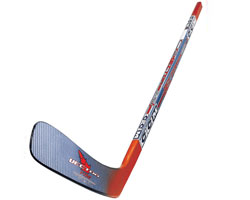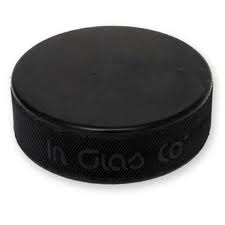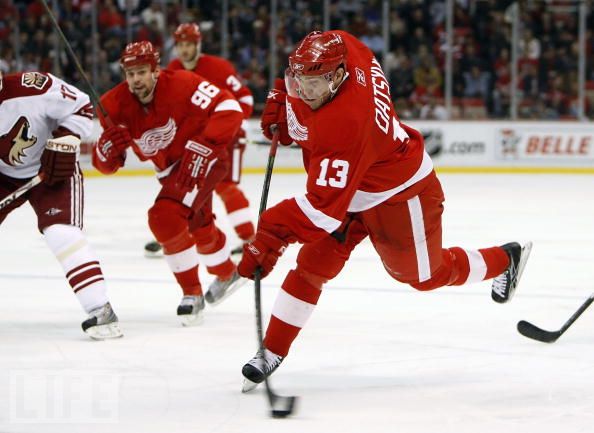Anthony Donskov
Anthony Donskov is the founder of DSC where he serves as the Director of Sport Performance. Donskov holds a Masters Degree in Exercise Science & is the author of Physical Preparation for Ice Hockey.
Rotary Power Demands for Hockey Players
- Font size: Larger Smaller
- Hits: 4583
- Subscribe to this entry
- Bookmark
Hockey is an extremely demanding sport! A quality strength and conditioning program needs to reflect these demands. Components such as: soft tissue work, static stretching, mobility, dynamic flexibility, upper/lower body plyometrics, speed development, strength training and energy system capacity are all vital for performance gains. When designing programs we often overlook one of the most fundamental questions, what are the demands of the sport? Does my program reflect these qualities?
I have been involved in the sport my entire life, both as a player and as a strength and conditioning coach. I am always looking for a better way to do things, a better way to prepare my athletes for the rigors of their season. Recently, I have begun to re-think my program with regards to upper body plyometric training. Lets take a closer look at the demands/biomechanics of a shot.
- Rarely is an athlete in a static position when shooting
- Weight transfer is from back foot to front foot (hip internal/external rotation)
- Tremendous amounts of co-ordination are required
- Mobility is necessary through the ankles, hips and T-Spine
- Puck weight: 5.5-6 ounces
- One-piece composite sticks are extremely light (455 grams)
- Large amounts of eccentric force are required to decelerate after release.

One-Piece Composite Stick: Weight 455 grams

Hockey Puck: 5.5-6 ounces

Ankle, hip and T-spine mobility are required to produce force.
A large amount of posterior chain strength is required to reduce force/decelerate.
How has this changed my current Programming?
1.) Dynamic movement prior to release: In the past, most of our athletes have been in a static position during rotary upper body plyometrics. The major reason for this is to drive hip internal rotation in the rear leg followed by an external rotation component in the lead leg. Hockey is a game of organized chaos where players rarely shoot from a static position. Look at the image above and video above. Weight transfer is from back to front. The lead foot slightly externally shifts forward driving a large external rotation component into the leg. The rear leg internally rotates bringing with it the ankles, hips and T-spine (the lumbar spine moves in conjunction with the hips).
Rotary Med ball work in a static position.
2.) Lighter Med Balls: The tools of the trade (stick/puck) are extremely light objects. This forces the body and the posterior chain to eccentrically break and decelerate after release. Are we preparing for these demands with an 8lb med ball? I have recently been using lighter med balls (and movement to create a dynamic weight shift) to drive eccentric demands into the posterior chain (i.e. hamstrings, glutes, teres minor, infraspinatus).
Dynamic Med Ball work using lighter instrumentation.
There is no such thing as a perfect program, but our job as strength coaches is to always seek better ways to prepare our athletes for the demands they face during competition. In doing so we aim to prevent injuries and enhance performance. Exercise design is critical for performance gains. We as coaches need to remember to always ask the questions, what are the demands of the sport? Does my program reflect these qualities?
Anthony Donskov, MS, CSCS, PES, is a former collegiate and professional hockey player, founder of Donskov Strength and Conditioning Inc., (www.donskovsc.com) and Head Instructor/Director of Off-Ice Strength and Conditioning for Donskov Hockey Development (www.donskovhockey.com). He can be reached at info@donskovsc.com .
Facebook: http://www.facebook.com/pages/Donskov-Strength-and-Conditioning-Inc/111694352189187
Twitter: http://twitter.com/Donskovsc
